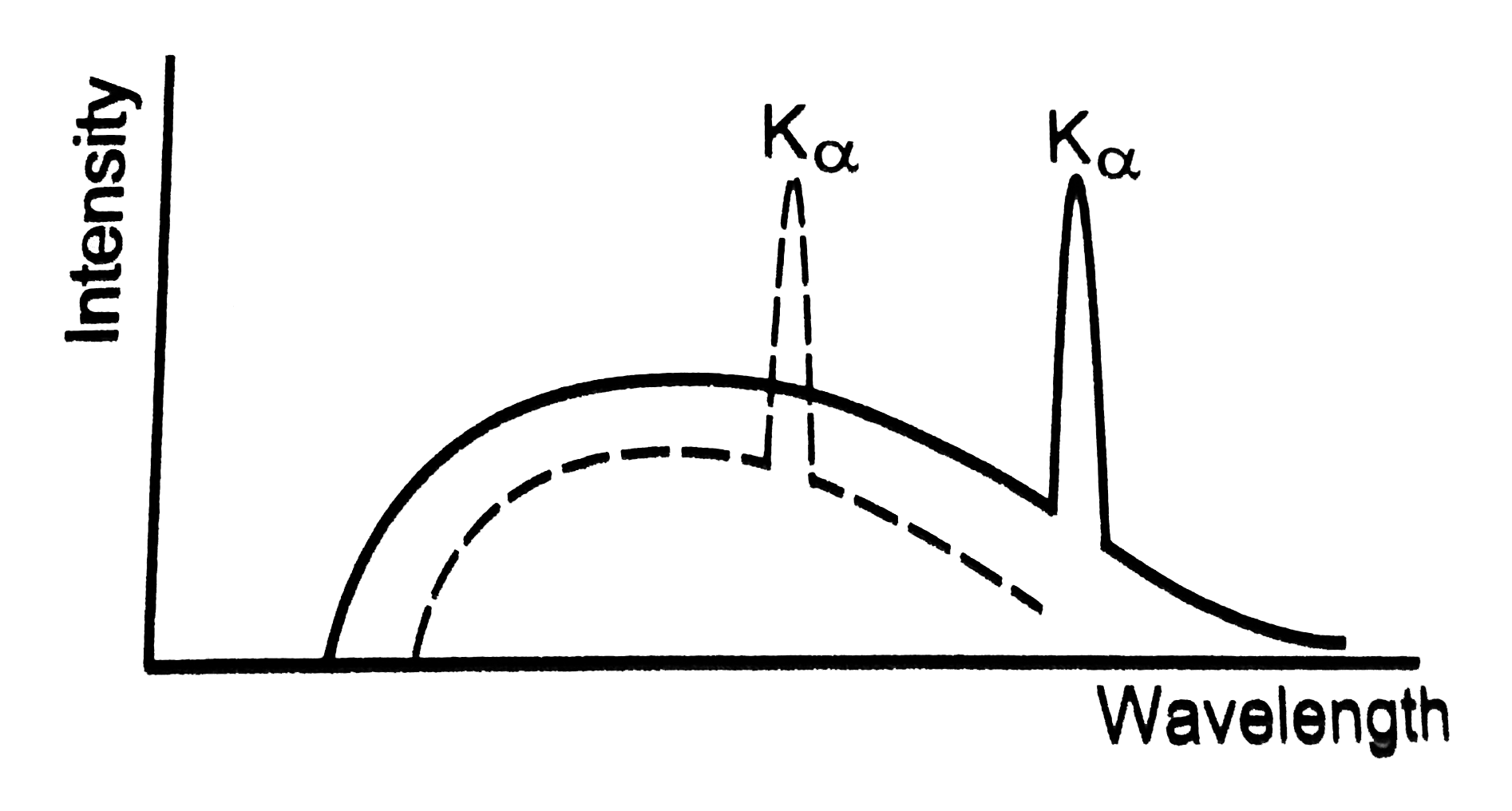In a chain reaction uranium atom gets fissioned forming two different material. The total weight of these put together is
More than the weight of parent uranium atom
Less than the weight of parent uranium atoms
More of less depends upon experimental conditions
Neither more nor less
The correct Answer is:B
To solve the question regarding the total weight of the materials formed after the fission of a uranium atom, we can follow these steps:
Step 1: Understand the Process of Nuclear Fission
Nuclear fission is the process where a heavy nucleus, such as uranium, splits into two or more lighter nuclei (daughter nuclei) along with the release of energy.
Hint: Remember that fission involves a heavy nucleus breaking into lighter nuclei.
Step 2: Identify the Masses Involved
Let’s denote:
- The mass of the uranium atom before fission as mu.
- The masses of the daughter nuclei formed after fission as m1 and m2.
Hint: Assign variables to the masses to keep track of them easily.
Step 3: Apply the Concept of Mass Defect
In nuclear fission, the total mass of the daughter nuclei (m1+m2) is always less than the mass of the parent uranium atom (mu). This is due to the conversion of some mass into energy, as described by Einstein’s equation E=mc2.
Hint: Recall that mass can be converted into energy, leading to a mass defect.
Step 4: Establish the Relationship
From the above understanding, we can establish the relationship:
m1+m2<mu
This indicates that the total weight of the daughter nuclei is less than that of the original uranium atom.
Hint: Focus on the inequality that shows the relationship between the parent and daughter masses.
Step 5: Conclusion
Thus, the total weight of the materials formed after the fission of a uranium atom is less than the weight of the parent uranium atom.
Final Answer: The total weight of the daughter nuclei is less than the weight of the parent uranium atom.
Hint: Always remember that in nuclear reactions, mass is not conserved in the traditional sense due to energy release.
Nuclear fission is the process where a heavy nucleus, such as uranium, splits into two or more lighter nuclei (daughter nuclei) along with the release of energy.
Let’s denote:
- The mass of the uranium atom before fission as mu.
- The masses of the daughter nuclei formed after fission as m1 and m2.
In nuclear fission, the total mass of the daughter nuclei (m1+m2) is always less than the mass of the parent uranium atom (mu). This is due to the conversion of some mass into energy, as described by Einstein’s equation E=mc2.
From the above understanding, we can establish the relationship:
m1+m2<mu
This indicates that the total weight of the daughter nuclei is less than that of the original uranium atom.
Thus, the total weight of the materials formed after the fission of a uranium atom is less than the weight of the parent uranium atom.
Topper's Solved these Questions
- NUCLEAR CHEMISTRYBOOK - CENGAGE CHEMISTRY ENGLISHCHAPTER - NUCLEAR CHEMISTRYEXERCISE - Ex6.5 Objective
10 Videos
- NUCLEAR CHEMISTRYBOOK - CENGAGE CHEMISTRY ENGLISHCHAPTER - NUCLEAR CHEMISTRYEXERCISE - Exercises Link Comprehension
30 Videos
- NUCLEAR CHEMISTRYBOOK - CENGAGE CHEMISTRY ENGLISHCHAPTER - NUCLEAR CHEMISTRYEXERCISE - Ex6.3 Objective
20 Videos
- NCERT BASED EXERCISEBOOK - CENGAGE CHEMISTRY ENGLISHCHAPTER - NCERT BASED EXERCISEEXERCISE - Nuclear Chemistry (NCERT Exercise)
29 Videos
- ORGANIC COMPOUNDS WITH FUNCTIONAL GROUPBOOK - CENGAGE CHEMISTRY ENGLISHCHAPTER - ORGANIC COMPOUNDS WITH FUNCTIONAL GROUPEXERCISE - Archives Analytical And Descriptive
24 Videos
Similar Questions
A chain reaction in fission of Uranium is possible because
View SolutionTwo cylinders of same cross-section and length L but made of two different materials of densities d1 and d2 are cemented together to from a cylinder of length 2L. The combination floats in a liquid of density d d1<d2 then
View SolutionTwo thin symmetrical lenses of different nature and of different material have equal radii of curvature R=15cm. The lenses are put close together and immersed in water (μw=43). The focal length of the system in water is 30 cm. The difference between refractive indices of the two lenses is
View SolutionTwo wires each of radius of cross section r but of different materials are connected together end to end (in series). If the densities of charge carries in the two wires are in the ratio 1:4, the drift velocity of electrons in the two wires will be in the ratio:
View SolutionTwo wires each of radius of cross section r but of different materials are connected together end to end (in series). If the densities of charge carries in the two wires are in the ratio 1:4, the drift velocity of electrons in the two wires will be in the ratio:
View Solution1.00 g of a mixture, consisting of equal number of moles of carbonates of two alkali metals, required 44.4 " mL of " 0.5 N-HCl for complete reaction. If the atomic weight of one of the metal is 7.00. Find the atomic weight of the other metal.
View SolutionIn a typical fission reaction, the nucleus is split into two middle-weight nuclei of unequal masses. Which of the two (heavier or lighter) has greater kinetic energy? Which one has greater linear momentum?
View SolutionA compound having straight chain of five carbon atoms has one ketone group and two methyl group on different-defferent carbon atoms. The IUPAC name of the compound is:
View Solution
Initially the reactions in the container a&b are at equilibrium when the products & reactants are put together in a container C then at the equilibrium the total number of different compounds are-
View SolutionFigure shows the intensity-wavelength relations of X-rays coming from two different Coolidge tube. The solid curve represents the relation for the tube A in which the potential difference between the target and the filament is Va and the atomic number of the target material is ZA. These quantities are Vβ and Zβ for the other tube. Then,

View Solution